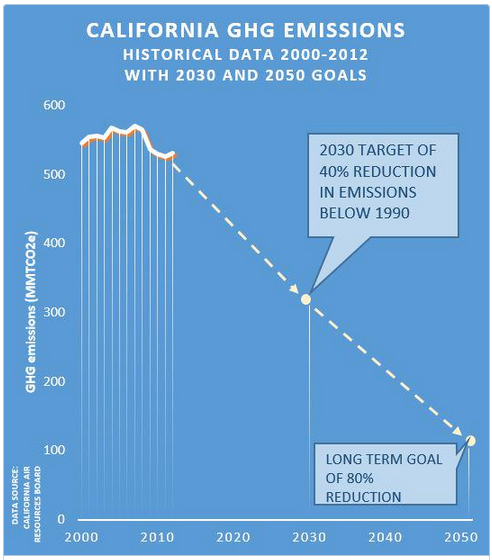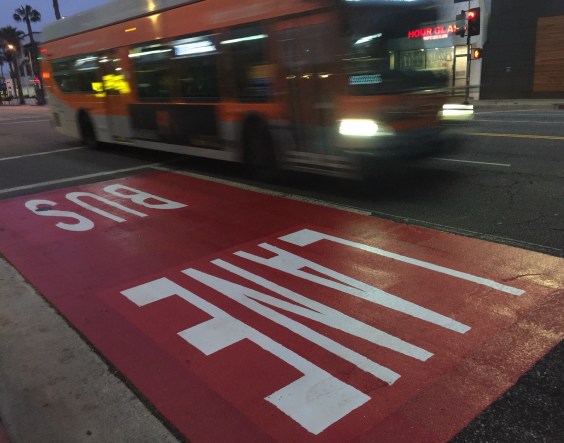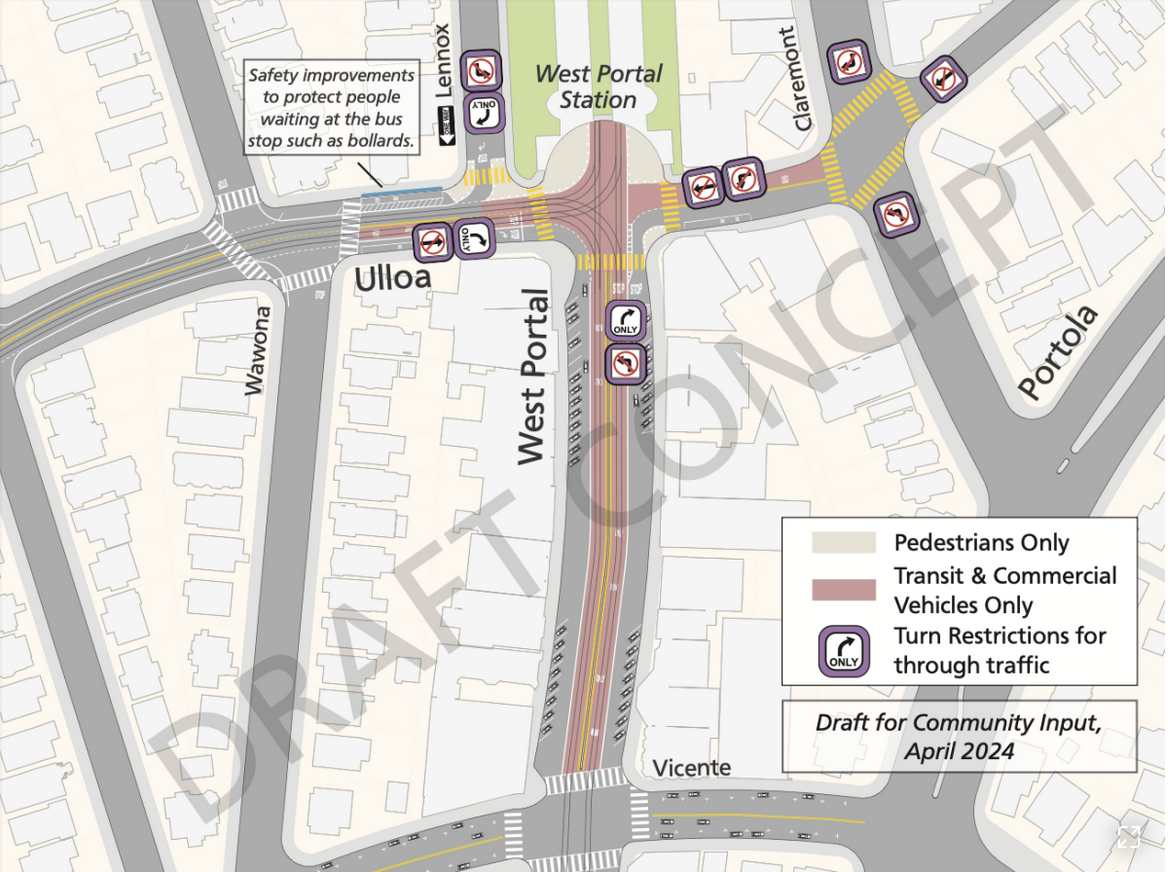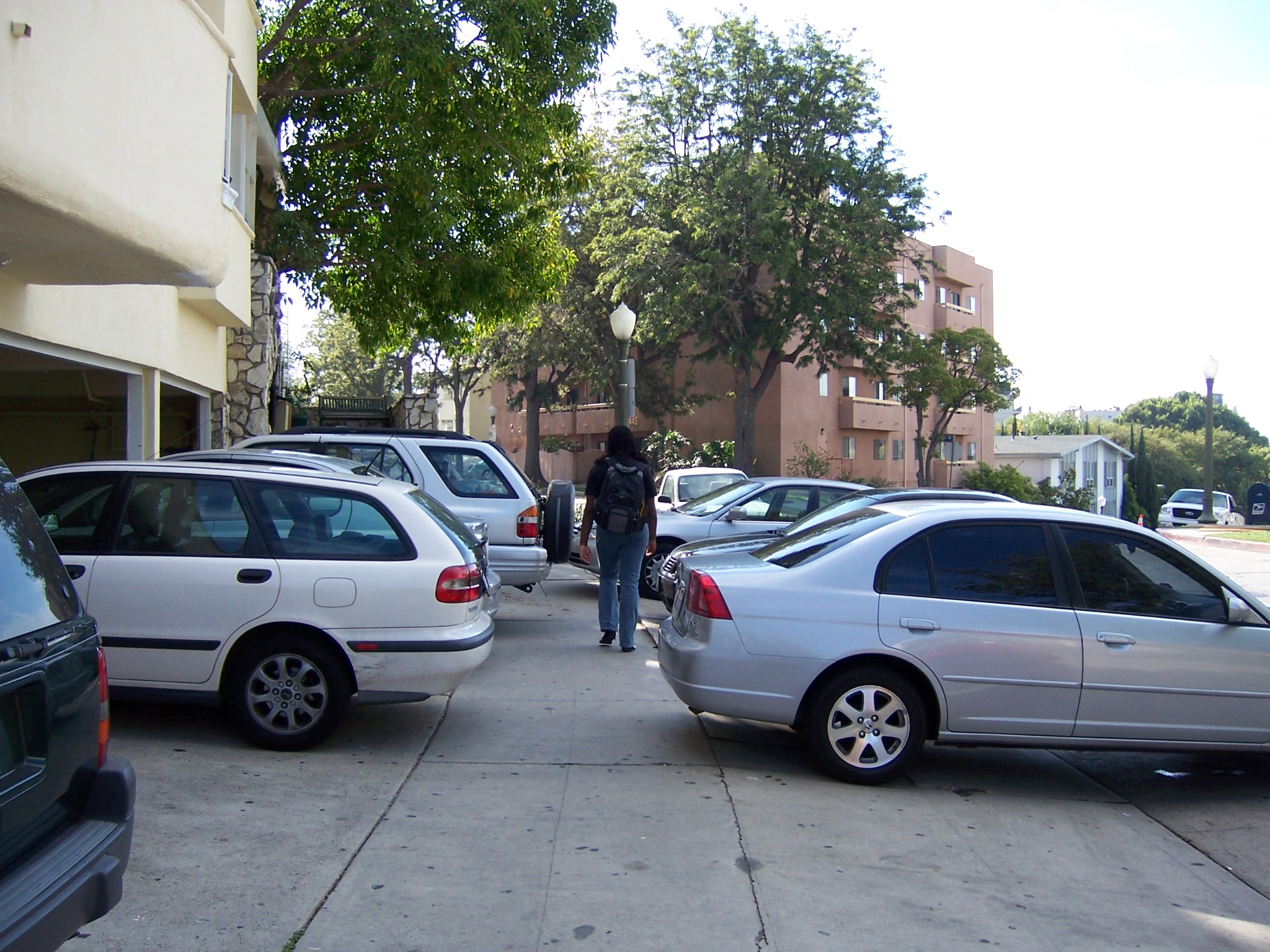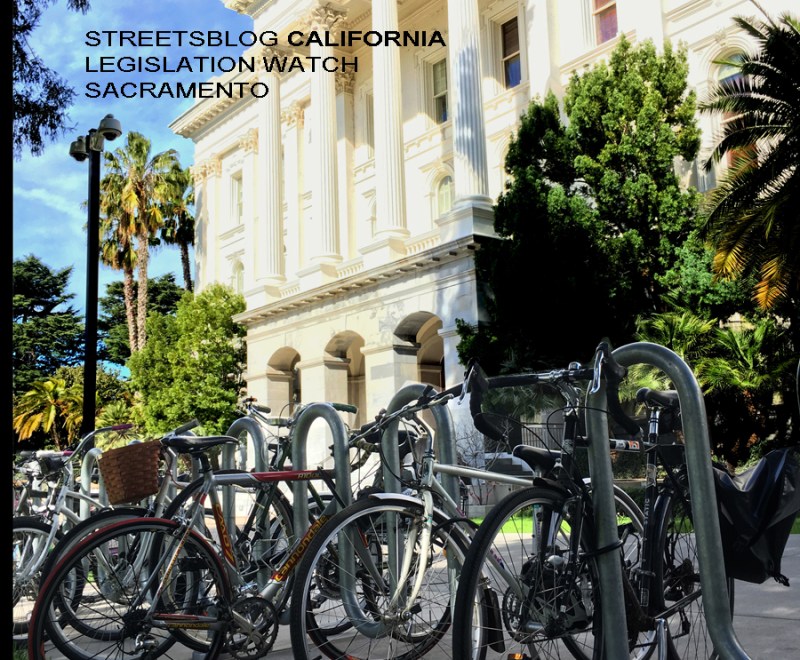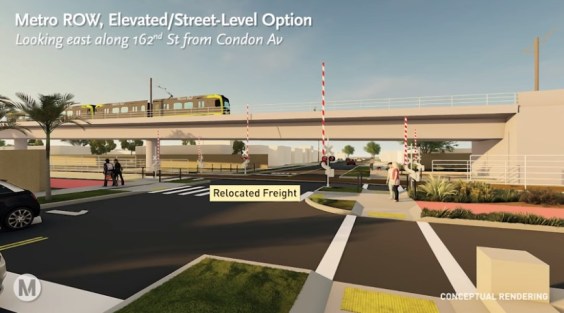California Governor Jerry Brown issued an executive order calling for an ambitious response to climate change, and the media have been all over it the last two days.
The order establishes a new interim greenhouse gas emission reduction goal-- 40 percent below 1990 levels by 2030--to help move the state towards goals for 2050, but it doesn't outline specific plans for how to get there. It requires state agencies, including the Air Resources Board and the State Transportation Agency, to take climate change into account in their planning and investment decisions.
The order is consistent with similar efforts now going through the legislature, including S.B. 32 and S.B. 350.
TransForm State Policy Director Josh Stark issued a statement applauding the Governor's announcement. TransForm's statement included a reminder that “transportation – the top source of greenhouse gas emissions in California – must be front and center in the state’s climate efforts. Creating affordable, walkable communities with great public transportation will be essential to cutting petroleum use by 50 percent, and will make California more healthy, prosperous, and fair.”
Transportation accounts for a large portion of the state's greenhouse gas emissions. Even the draft California Transportation Plan 2040 says that without major changes in the way Californians travel, state climate change goals will not be met from that sector.
Right now, California is on track to meet or exceed the goals of the California Global Warming Solutions Act of 2006, A.B. 32, in the next five years, according to data from the Air Resources Board [PDF]. But those goals were always seen as a first step, and Senator Fran Pavley, who wrote A.B. 32, is now sponsoring a new bill, S.B. 32, that would extend greenhouse gas reduction goals to 80 percent below 1990 levels by 2050. Brown's executive order creates an interim goal for 2030, in line with S.B. 32's 2050 goals.
Senator Kevin De Leon's S.B. 350 contains the goals called for by Brown in January: increasing the portion of renewable energy consumed in California to half, decreasing petroleum use by half, and doubling the energy efficiency of buildings by 2030.
The goals are ambitious, and neither the executive order nor the bills weigh in on how they are going to be met. And therein lies the rub. The California Air Resources board has put together a fact sheet [PDF] that is useful, in a general way, for understanding the current thinking behind the goals and how they might be reached.
